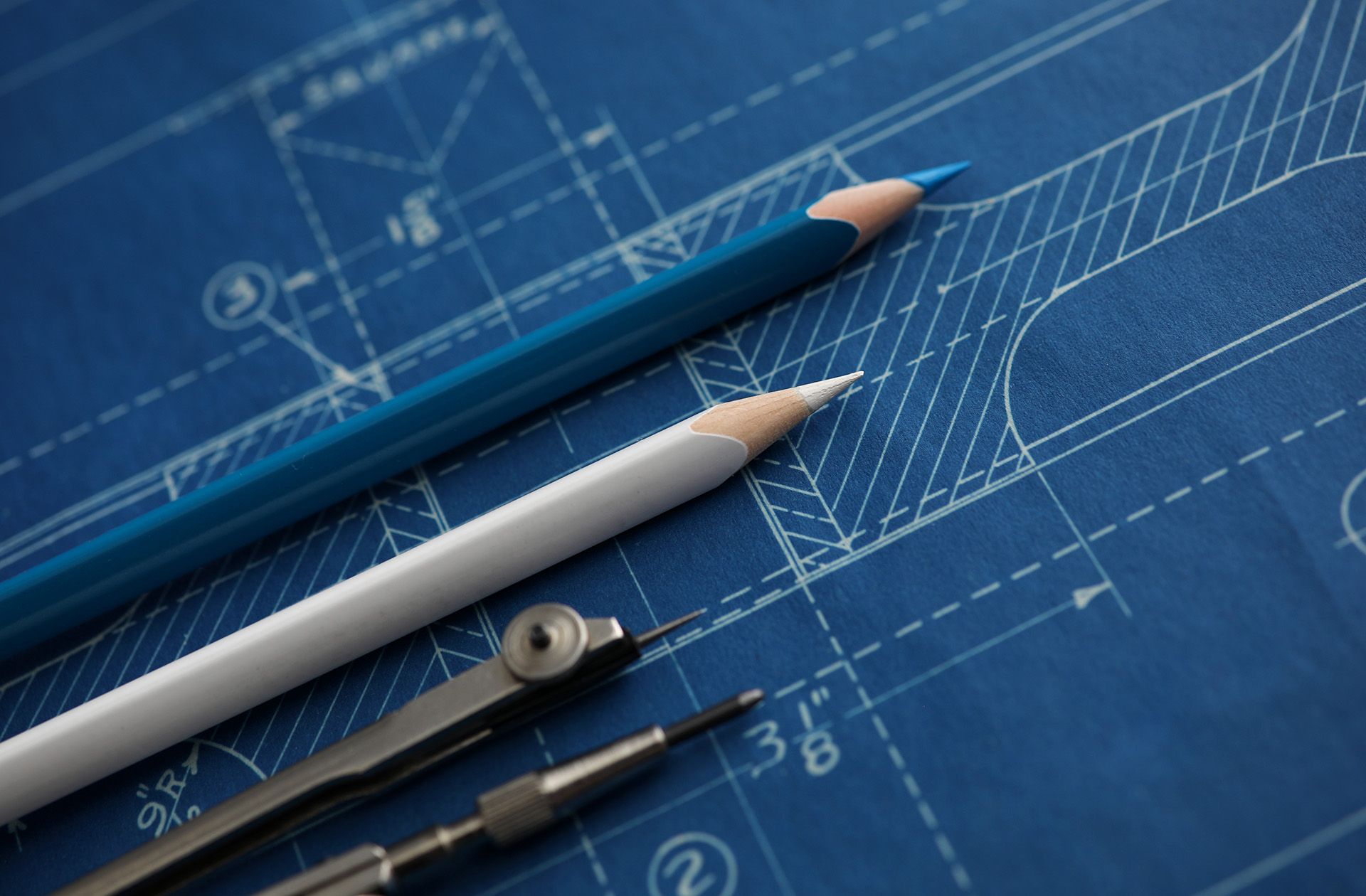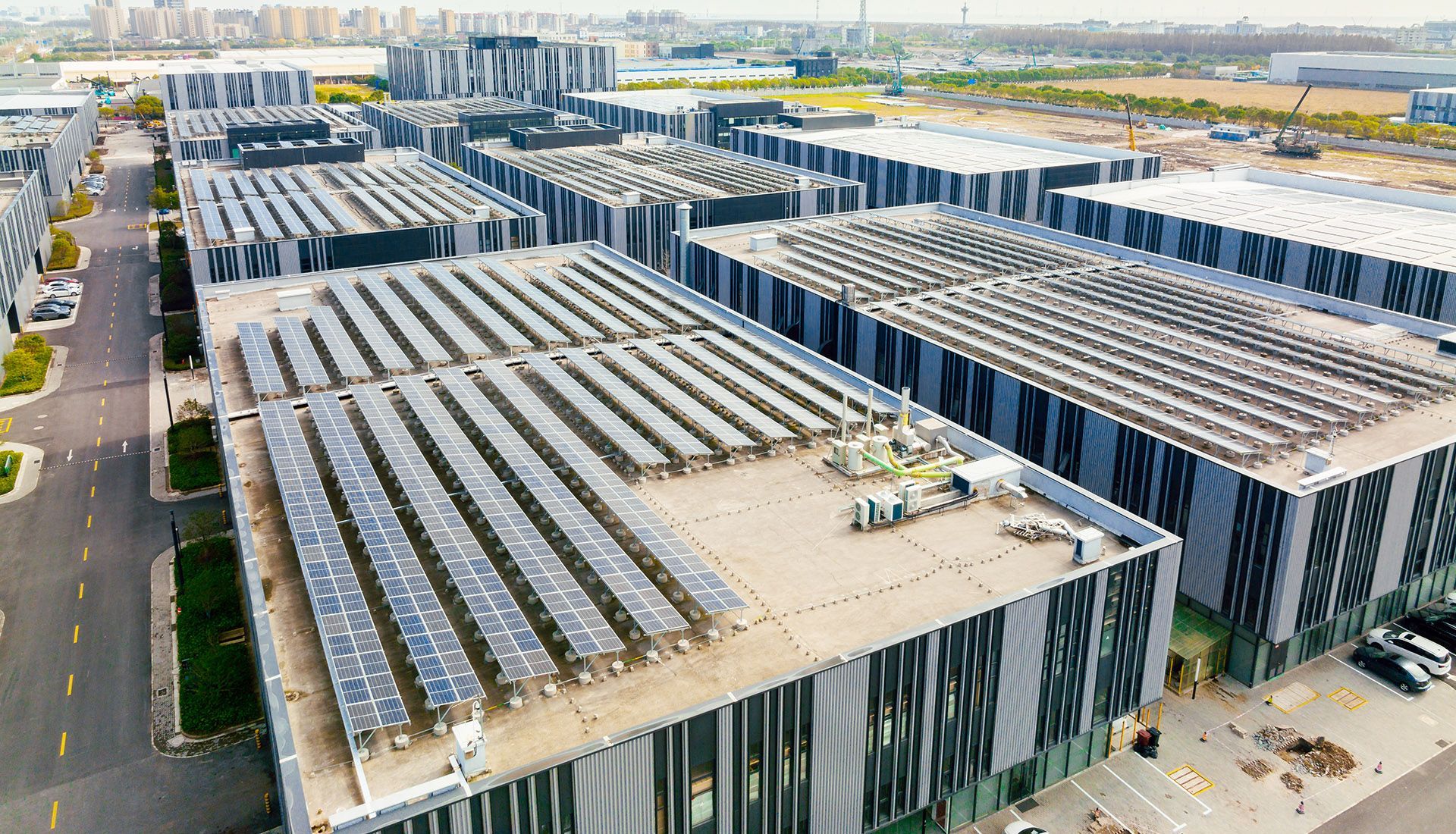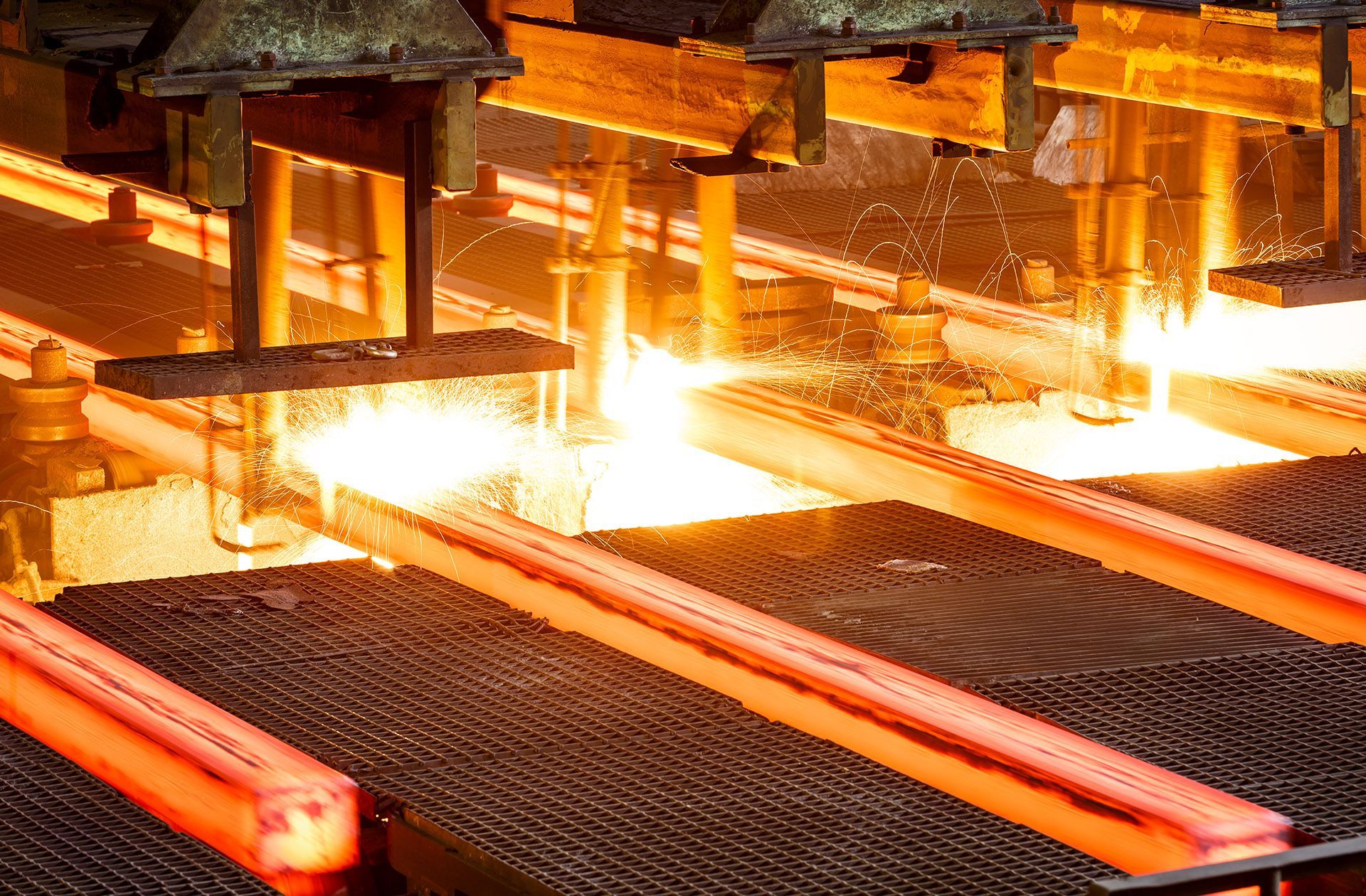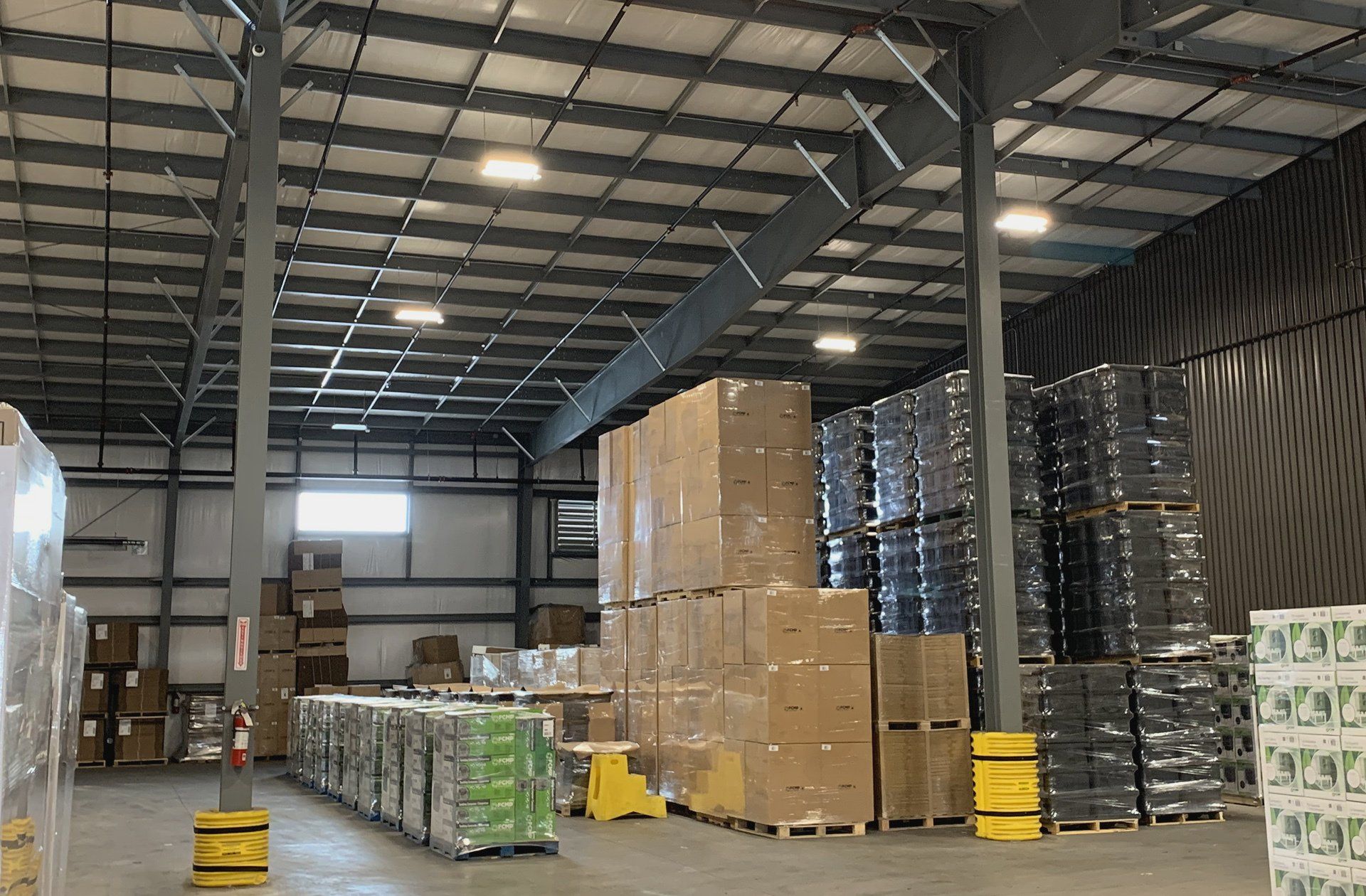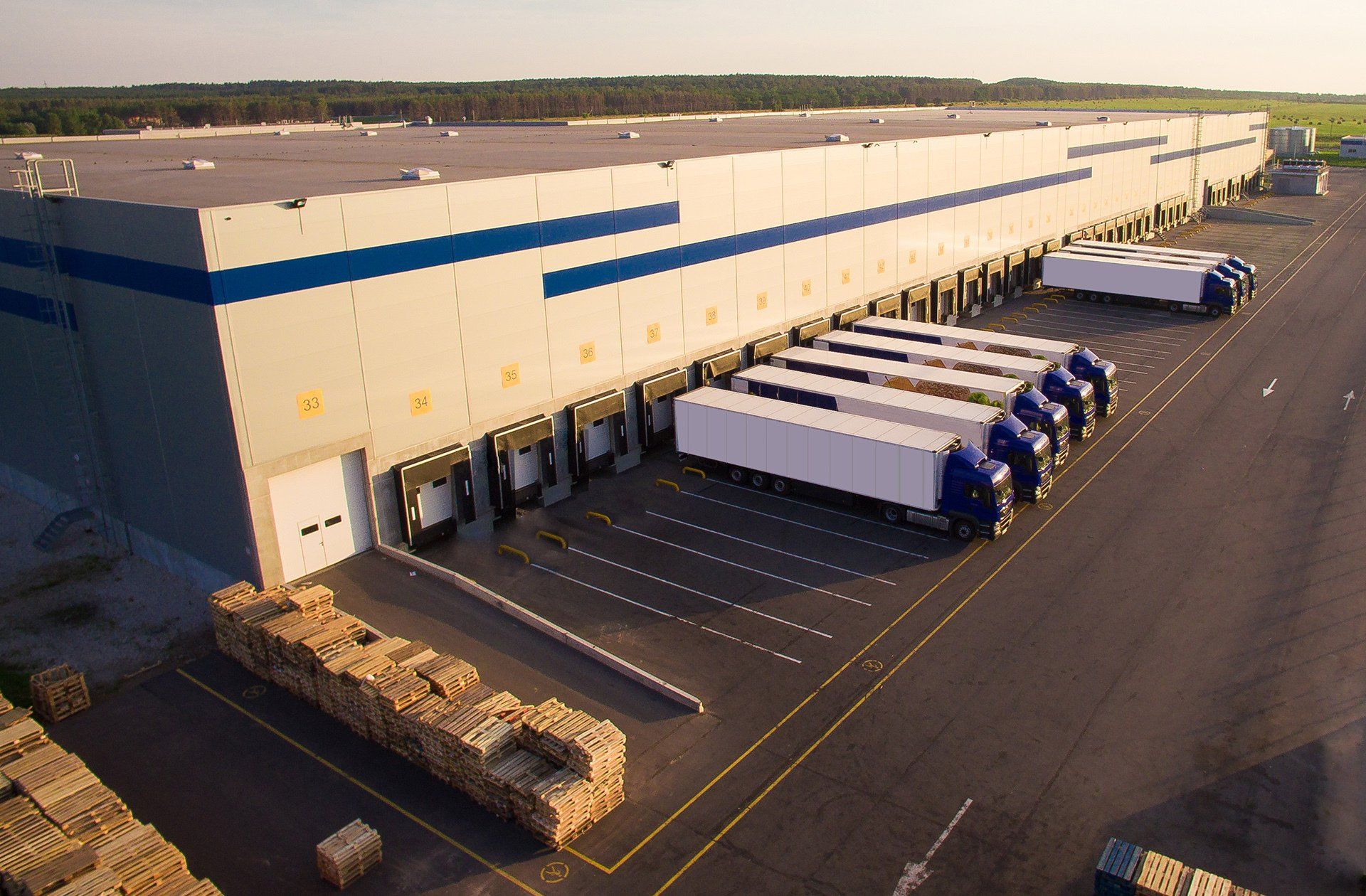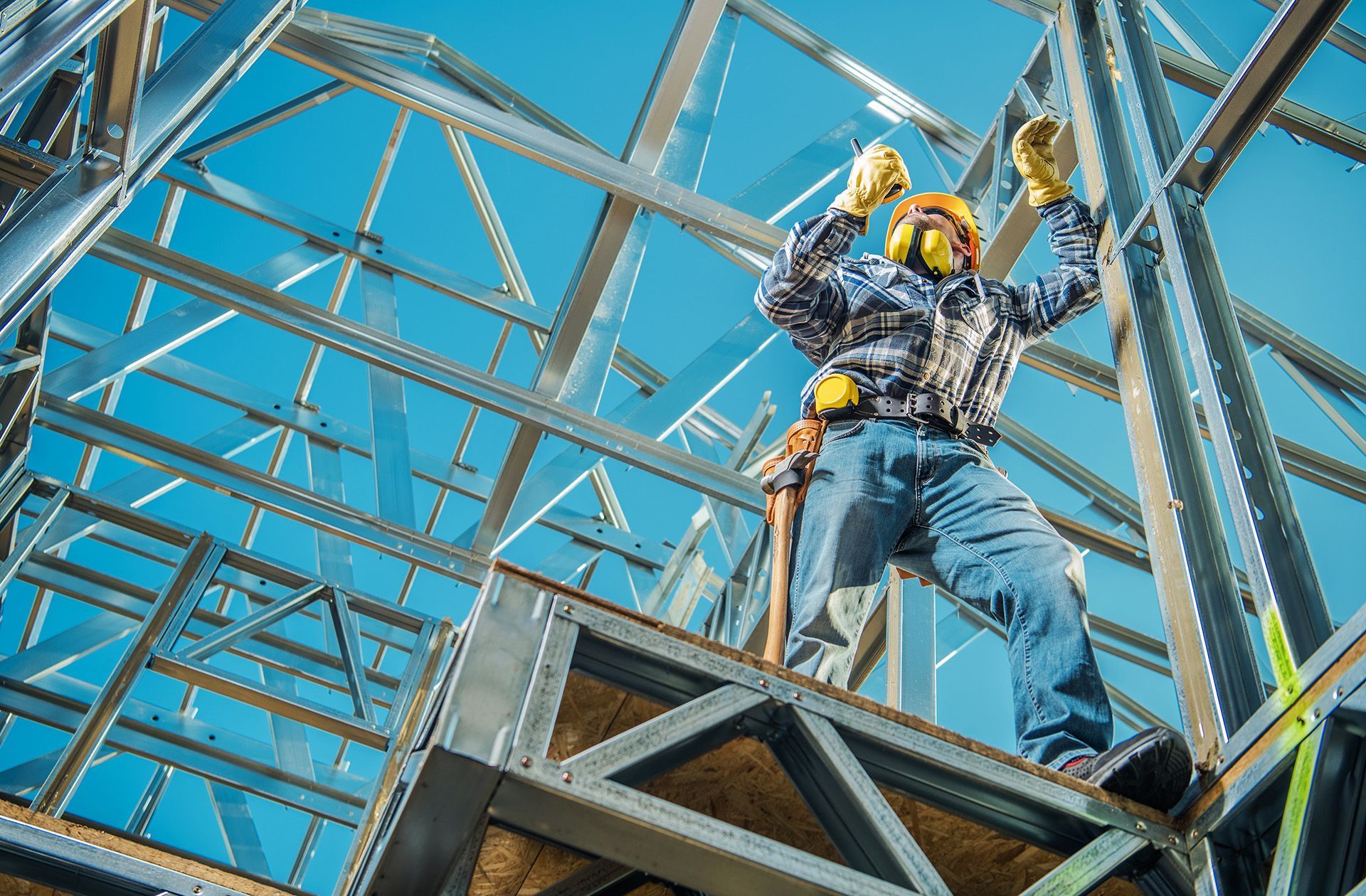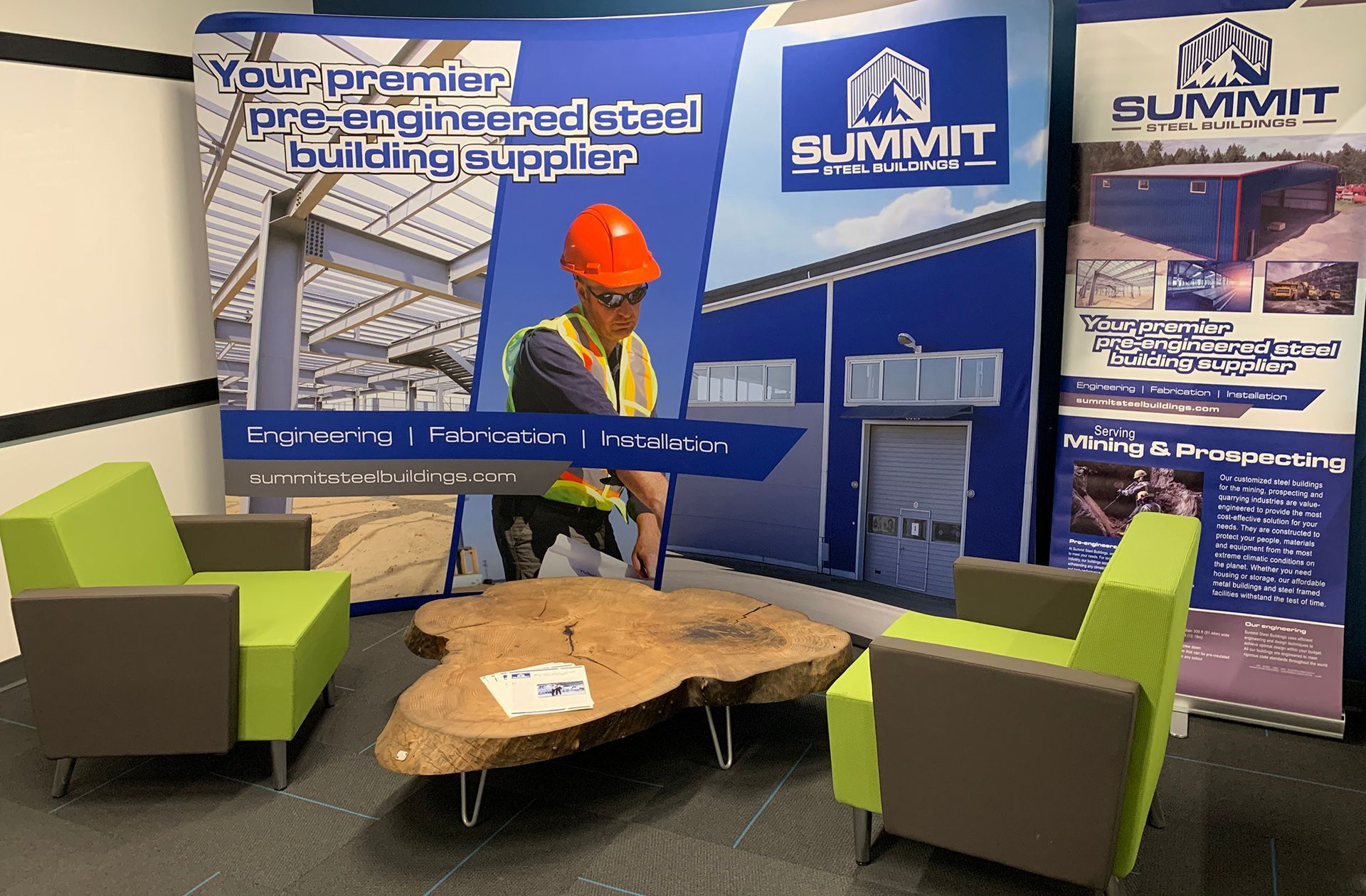How Summit Steel Buildings has adapted to changing COVID-19 conditions
The global pandemic and its effects on the steel building industry
No business has been untouched since the COVID pandemic began in March 2020. Summit Steel Buildings, like so many others in the construction space, has felt its impact and been forced to make necessary changes to keep our crew, clients and the public safe while we continue to work. We navigate the changing environment by reviewing our procedures and updating how we work so we can meet the requirements of the health units within the communities where we build. Although the pandemic has thrown a wrench into our original schedules, we’ve adapted so we can (to the best of our abilities) stick to the construction plans we developed with clients.
The pandemic has fundamentally affected three aspects of our work: health and safety measures used by our crew; obtaining materials and supply chain logistics; and construction schedules with clients. We wanted to outline what we’ve been doing to adjust and what our clients and communities can expect from us in the months ahead. Summit Steel Buildings is not alone in how the pre-engineered building and construction industries have been altered by COVID restrictions and shutdowns. We expect pandemic-related challenges to linger; however, we’ll all persevere by working together and see many opportunities that lie ahead once the world gets back to normal.
How does Summit Steel approach their projects now versus before the pandemic?
The biggest changes we’ve made have been to focus on updating and communicating our jobsite procedures for each member of our crew and for our clients onsite. The safety of our crew is our largest priority. We’ve been quick to adopt the latest guidelines, such as wearing masks, staying socially distanced as much as possible, adding handwashing stations, sanitizing equipment and gear, and adding these measures into our contracts to help reassure our clients and their local city officials and health departments. We educated our teams about their health safety and provided regular health checks. Our company has focused on worker and jobsite safety before this crisis so adding in new procedures became a smooth transition. Safety is never a compromise.
We’ve been fortunate so far to not have any of our team contract the virus. Each of us have been spent our fair share of time quarantined in our homes or hotels as a precaution before entering new jobsites (most recently in Edmonton before heading up to Nunavut). Early on, we developed a communication plan to notify each of our stakeholders in the case one of us became exposed. Being prepared for every contingency has never been more important than now.
The pandemic exacerbated many existing challenges in the construction industry’s supply chain as a whole, especially with regard to current projects. The crisis provided us with an opportunity to review how we organize our materials and where we can improve things in the future. Experiencing shortages and the many delays in getting what we’ve needed has been eye opening. For instance, manufacturing and getting our engineered steel buildings to site has been taking between 20 and 30 weeks. In a standard environment, this time would be normally between 8 and 12 weeks. Due to a lack of material and increasing demand, we’ve seen prices and delivery times rise dramatically over the past five months.
How does Summit Steel adjust their plans from here?
Summit remains committed to holding our cost estimates for 30 days to allow customers the opportunity to make informed and unpressured decisions about their project. With delivery dates moving outward, predicting the cost of equipment and making arrangements become challenging; with our supplier relationships, we’re able to deliver on what we say we’re going to do. A project’s budget is just as important now as it was when the idea to build the building was conceived.


